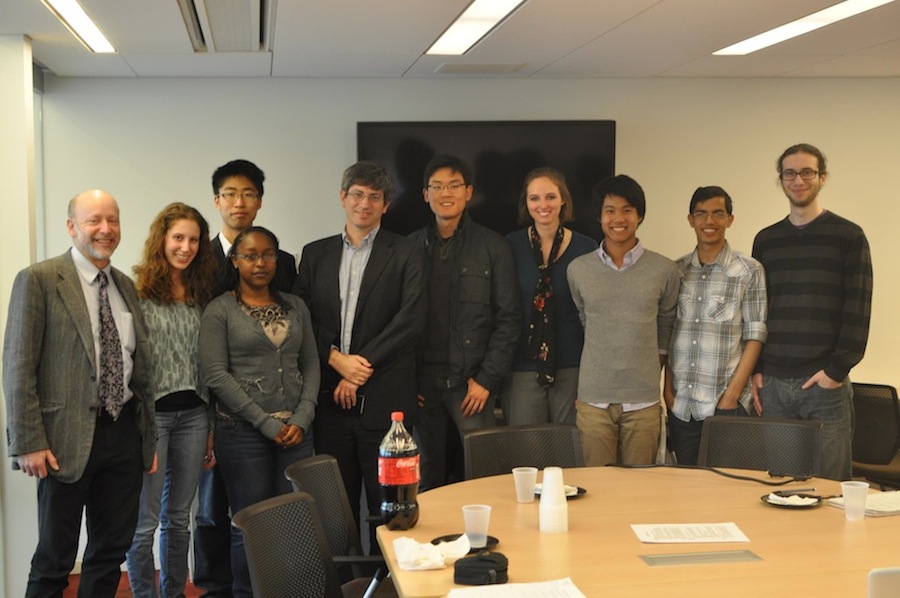Team:Stanford-Brown/Outreach/CZ
From 2012.igem.org
(Difference between revisions)
(→An Interview with Carl Zimmer) |
|||
| Line 7: | Line 7: | ||
<li><a href="/Team:Stanford-Brown/Outreach/Academy">Cal Academy of Sciences</a></li> | <li><a href="/Team:Stanford-Brown/Outreach/Academy">Cal Academy of Sciences</a></li> | ||
<li><a href="/Team:Stanford-Brown/Outreach/MakerFaire">Maker Faire</a></li> | <li><a href="/Team:Stanford-Brown/Outreach/MakerFaire">Maker Faire</a></li> | ||
| + | <li><a href="http://www.wired.com/wiredscience/2012/08/engineering-bacteria-for-mars/">WIRED feature</a></li> | ||
<li><a href="/Team:Stanford-Brown/Outreach/Transit">Transit of Venus</a></li> | <li><a href="/Team:Stanford-Brown/Outreach/Transit">Transit of Venus</a></li> | ||
<li id="active"><a href="#" id="current">Carl Zimmer</a></li> | <li id="active"><a href="#" id="current">Carl Zimmer</a></li> | ||
Latest revision as of 03:02, 4 October 2012
An Interview with Carl Zimmer
Talking to journalist Carl Zimmer is a bit science-fiction thriller—the conversation can range from DIY biotechnologists to bird flu to the mass die-off of bees. Or in our case, it was biology and space exploration. When we talked to him on April 5, Mars colonization and the future of scientific communication were the topic of the day.
Science communication is at crossroads. Growing public disinterest and misinformation is a growing problem, but at the same time new tools of social media open audiences and stories. The New York Times journalist shared some of his experiences—and advice—in making science resonate today:
1. Craft a story
2. Accept you can't include every detail
3. Know your audience
 "
"
